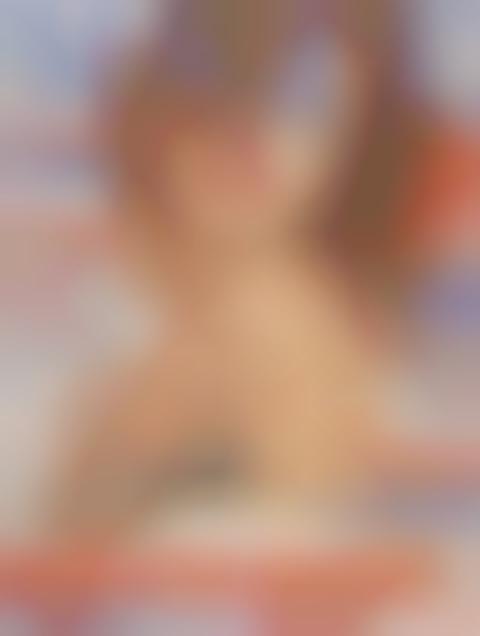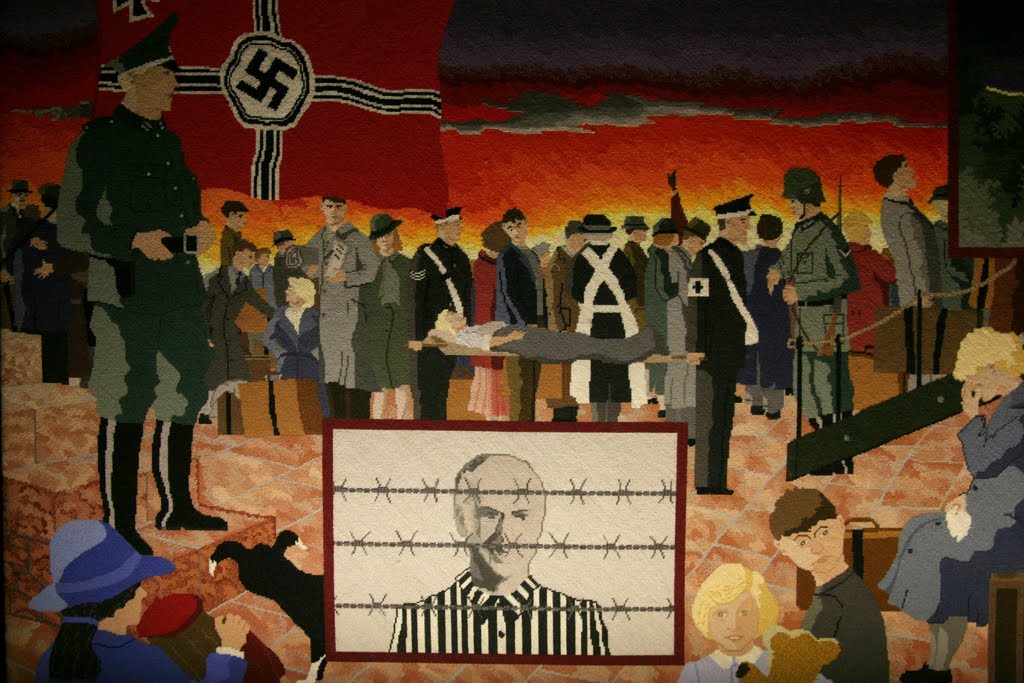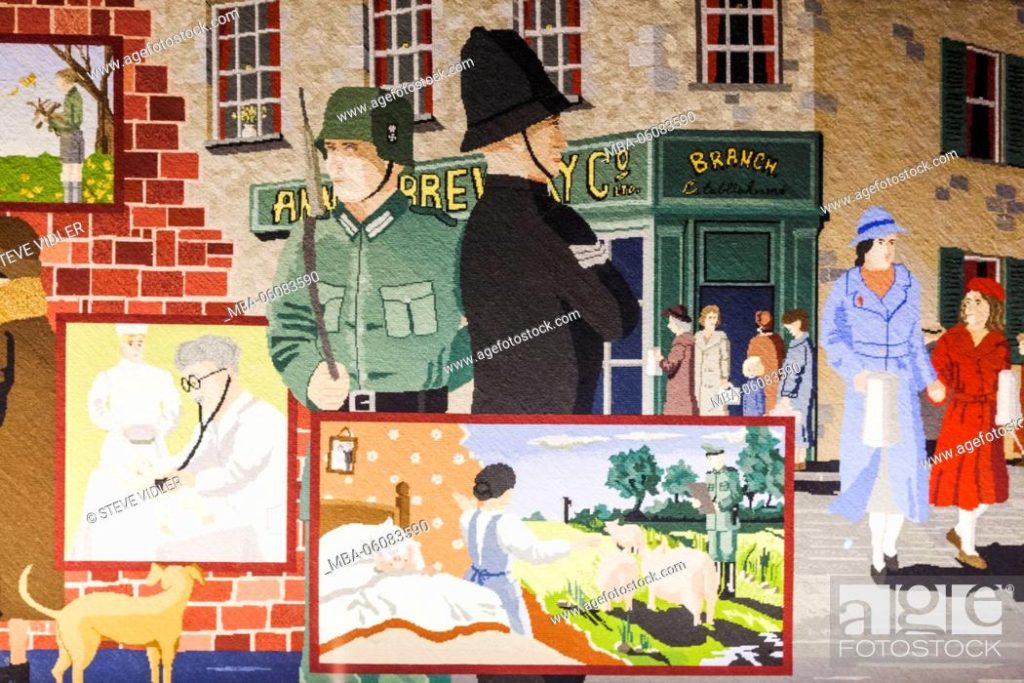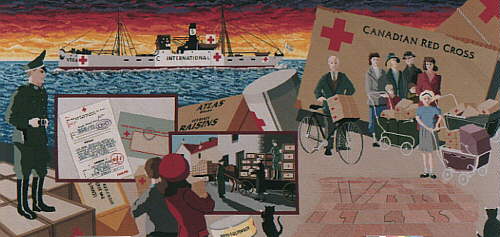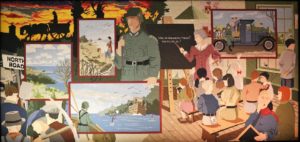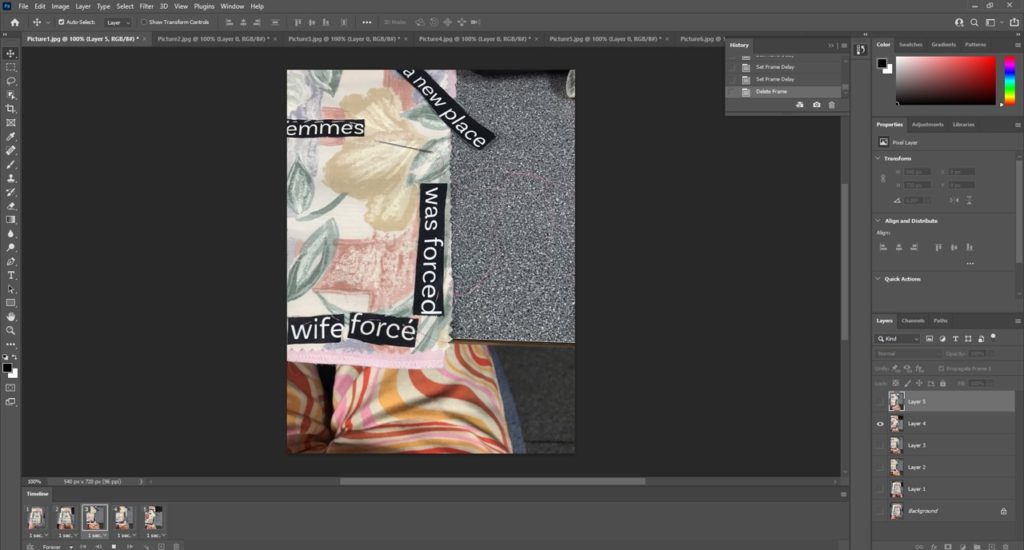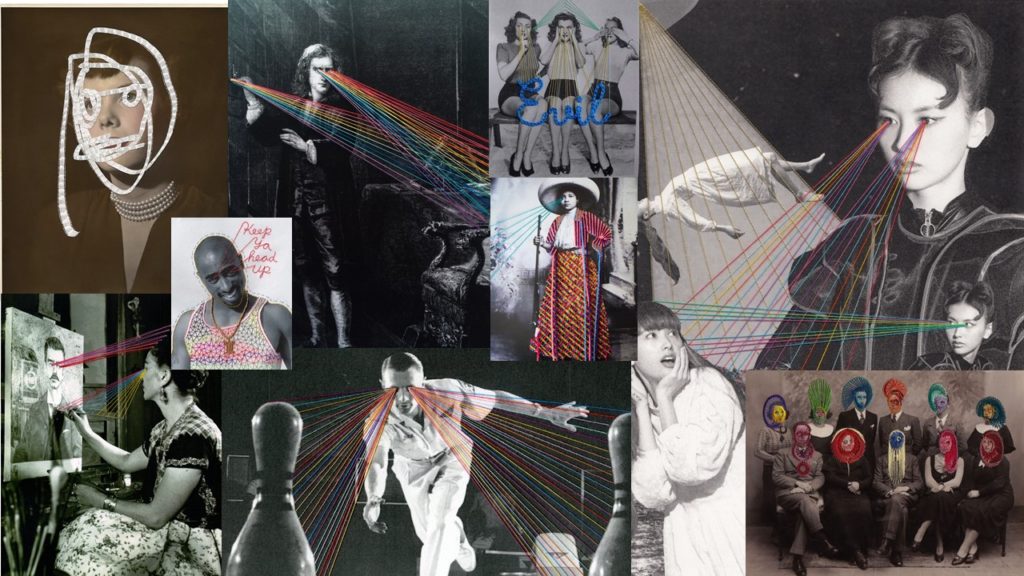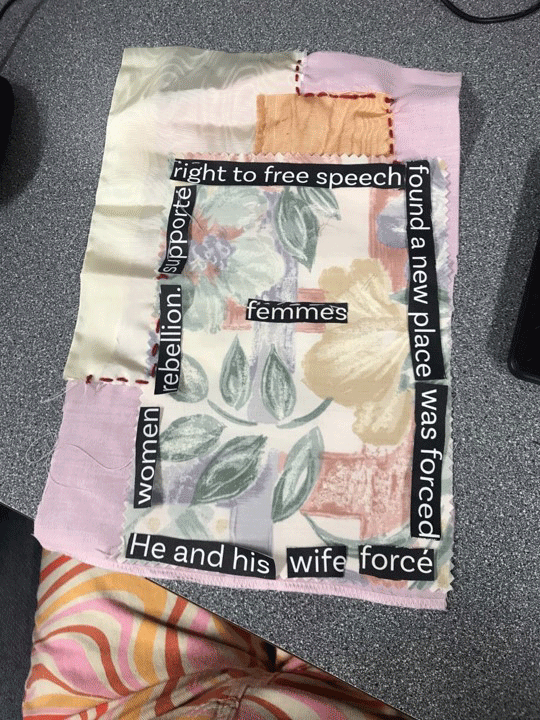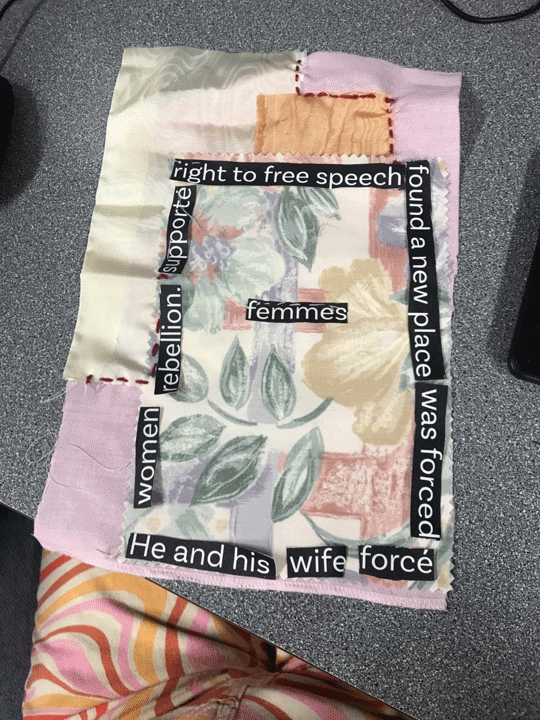The artist in which I have decided to be my main focus is Yulia Makeyeva as I find her work very unique to other artists. Yulia Makeyeva is an emerging multidisciplinary artist and founder of Connect With Art. She grew up in Russia and is now based in Jersey. She is very passionate about engaging the community in art, which relates to our project of nfts and how everyday more people are understanding about what they are globally in the community.

I feel that this photograph has several different aspects as her work is an exploration of human memory and the memory of materials. This therefor makes her photograph unique to others as the materials in which she used has sentimental value. Additionally this photo may catch peoples eyes as you can cleary see the main focus which is the embroidery in the centre. However people may find the background distracting for the embroiders although i feel the use of a projector adds to the photograph as a whole.
Other examples of Yulia Makeyeva work:


